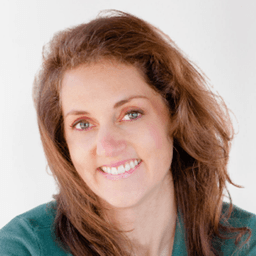Adverse childhood experiences (ACEs) are the most overlooked risk factor for chronic and autoimmune disease. ACEs are unresolved childhood trauma, which can be physical, mental, or emotional, such as:
- Parents separating or divorcing
- Physical, sexual, or emotional abuse
- Mental illness in the family
- Incarceration of a family member
- Substance abuse by a family member
- Financial difficulties
- Bullied in school
- Childhood illness that required hospitalization
For example, a study conducted by the Centers for Disease Control and Prevention in 2009, involving 15,300 men and women, concluded that if you have two or more ACEs:






